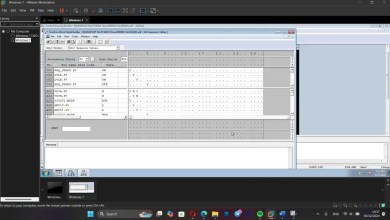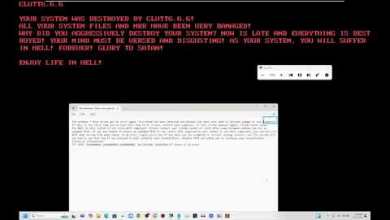Time To Go To The ISS in Unrealty (VMware Player 17)
With Unrealty, the ISS comes to you! You don’t need several million dollars or a ticket on one of Elon’s Musk Roman candles to get there! All you need is a PC capable of running Unrealty. Today though, this is a very trivial manner. However, back in the day, when 3D acceleration was still a thing that one didn’t see on a regular basis, this could have been a challenge. Thus, back in the day, this locale could have actually put a heavy on any 3D accelerated PC. Unrealty did support software mode though. This was what I used to experience the locale back on my Toshiba Portege 320CT (yes, I remembered the machine I ran this locale on!) at the resolution of 512 by 384. I would have estimated the FPS at somewhere between 10-15 FPS. However, this was enough to unlock the imagination of space. We really have come a long way.
One thing to note that the locale showed the ISS at a completed stage at a time when it was still under construction at the time that the locale was released. The first module was released in 1998, with the life-support module released in 2000 and the first crew arrived in November 2000. More modules would be added over the years, with the last one installed in 2011.
Unrealty does run on VMware Player under my Windows 7 Guest with 3D acceleration enabled. On that guest, Unrealty supports with software mode or Direct3D (no OpenGL, which is weird considering the UT99, which Unrealty is based on, does). Performance-wise, it runs very well. The Notre-Dame demo runs as well. However, it insists on running in a window. However, the resolution of windowed mode can be manually configured by editing the vrnd.ini file located the “VRND CathedralSystem” folder. The Notre Dame demo is based on the Unreal engine as well, so anyone manually editing the Unreal system ini file will feel right as home.
VMware Player 17 is virtualizing a x86 multimedia PC with a single core processor (AMD Ryzen 5 5500 6-Core Host with Each Core running at 4.2GHz), 2GB of RAM, and a VESA Compatible display with 3D Acceleration Enabled. Windows is running at the screen resolution of 800 by 600, 32-bit color depth. The VM also has a HD audio device, and an AMD PCnet NIC. Windows 7 SP1 is installed with a Windows 98 theme.
[ad_2]
source



